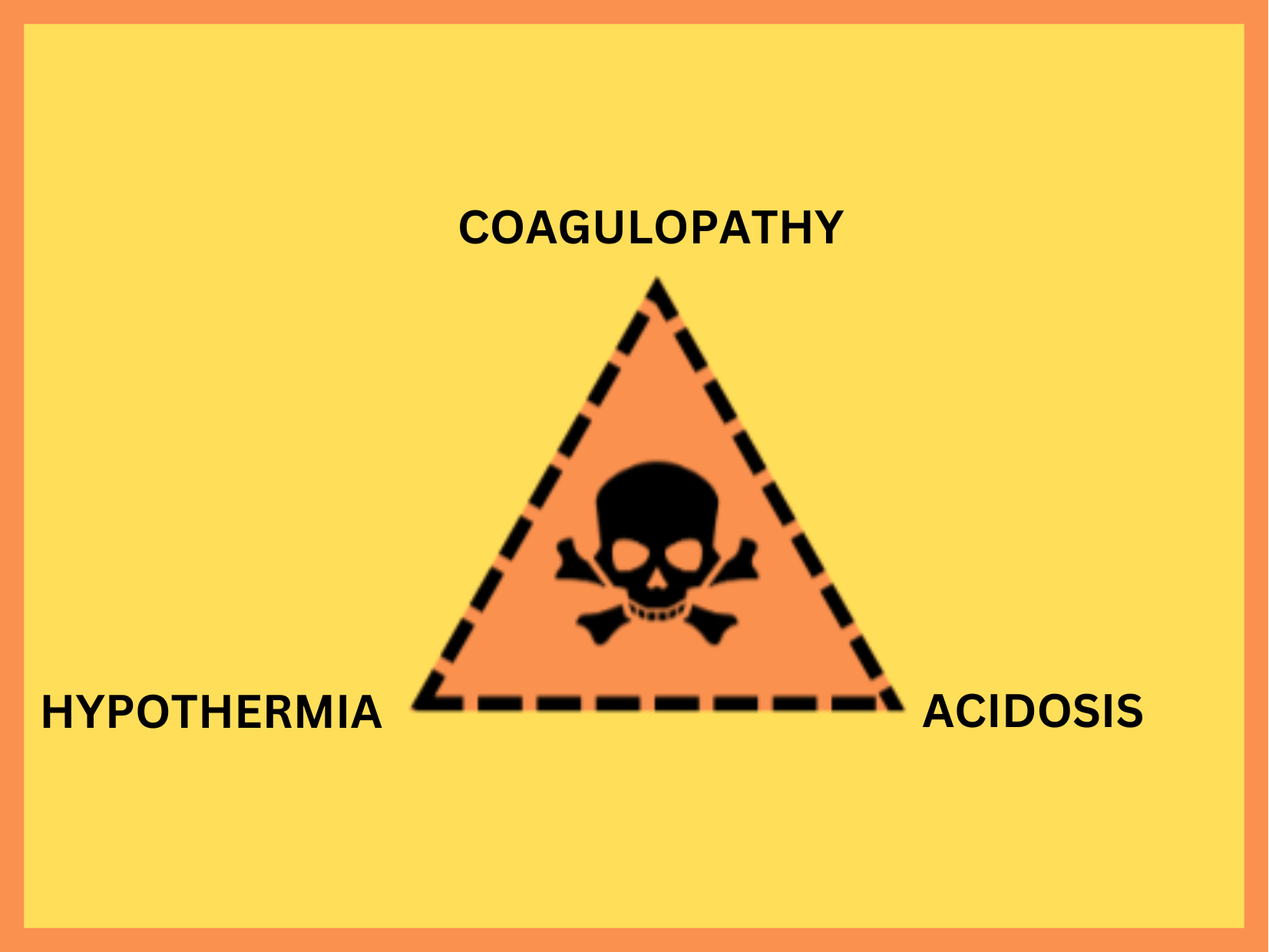
The Lethal Trauma Triad: A Guide for Emergency Workers
Hypothermia, coagulopathy and acidosis: a major cause of death in traumatized patients
The lethal triad of trauma is a lethal combination of three medical conditions – hypothermia, coagulopathy and acidosis – which often develop in chain reaction in severely traumatised patients. This syndrome is one of the main preventable causes of death in traumatised patients, making a rapid and effective intervention by emergency workers essential.
What it is and how it develops
- Hypothermia: Lowering of body temperature below 35°C. Hypothermia impairs coagulation, alters cellular metabolism and contributes to acidosis
- Coagulopathy: Alteration of blood coagulation, which can lead to internal and external hemorrhages. Hypothermia exacerbates coagulopathy
- Acidosis: Increased blood acidity. Acidosis is often caused by shock, organ failure and blood loss
The vicious circle of death
These three conditions create a vicious circle: hypothermia worsens coagulopathy, which in turn causes increased blood loss and therefore more severe acidosis. Acidosis, finally, aggravates hypothermia, completing the cycle.
Emergency response: preventing and treating
The intervention of emergency workers is crucial to break this vicious circle and improve the patient’s prognosis.
- Prevention:
-
- Maintaining body temperature: Use thermal blankets, heat the infused fluids and protect the patient from further heat loss
- Bleeding control: Apply effective compression to wounds, administer local hemostats and prepare the patient for rapid transfusion
- Continuous monitoring: Frequently assess body temperature, vital signs and signs of coagulopathy
- Treatment:
-
- Active heating: Use heating devices to raise body temperature in a controlled manner
- Electrolyte corrections: Administer crystalloid and colloid solutions to restore blood volume and correct electrolyte imbalances
- Respiratory support: Ensure adequate oxygenation and ventilation
- Transfusions: Administer blood products (red blood cells, fresh frozen plasma) to correct anemia and coagulative deficits
- Drug therapy: Administer vasoconstrictor drugs, coagulation drugs and bicarbonate (with caution)
A multidisciplinary approach
The management of the lethal triad requires a multidisciplinary approach and close collaboration between all health care professionals involved. Rapid, effective and scientifically-based intervention can make the difference between life and death for a traumatised patient.


